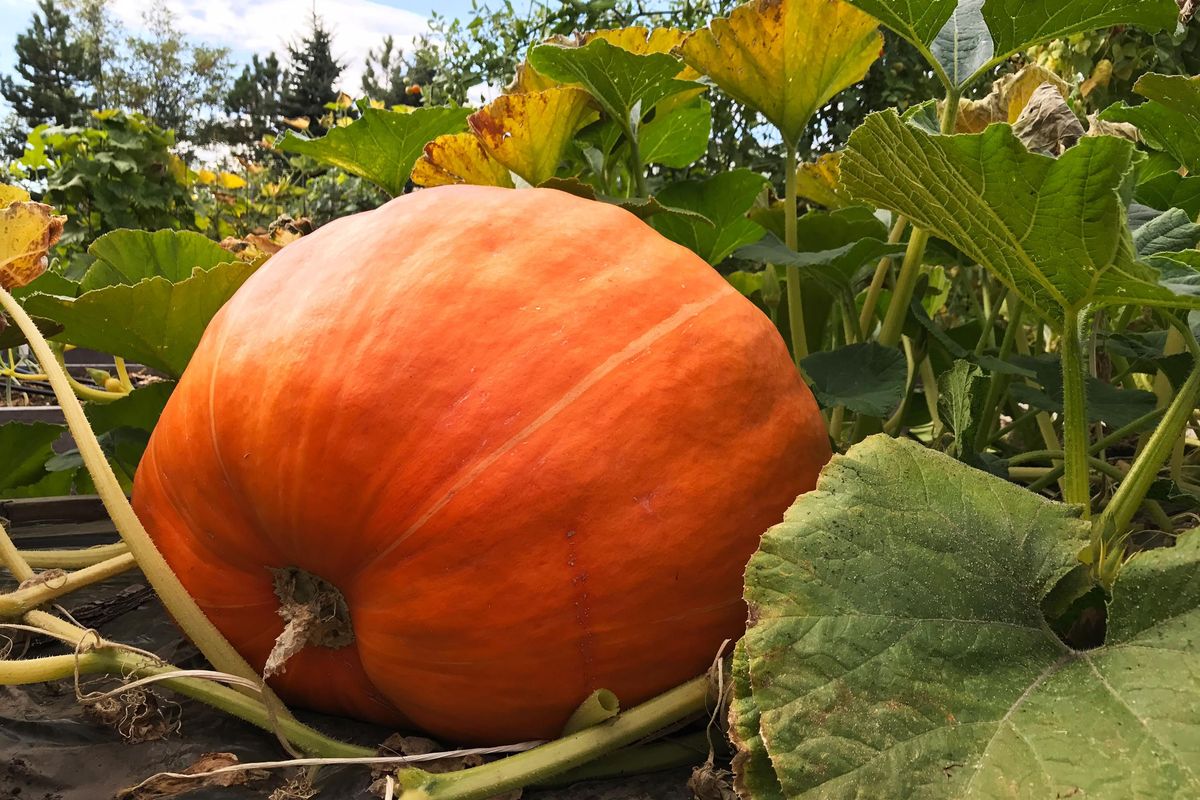In the Garden: As season wraps up, make notes for next year

Thanks to a few frosts in mid-September, the garden season is rapidly coming to a close. This is an ideal time to reflect on our successes and mistakes, otherwise known as “learning experiences.”
Do you recall what the theme of my columns has been this year? “Everyone can grow a garden.” My goal has been, and continues to be, to encourage folks to start growing their own food as well as flowers to attract pollinators and beneficial insects – no matter how big or small their growing space.
If this was your first attempt at gardening, well done! How did it go? Even if the results weren’t stellar, remember that gardening is a learning process. We all become better at it by learning from our mistakes and accepting the things that are out of our control.
In March, I encouraged you to grow a cut flower garden this season. I was really pleased with how well the zinnias, cosmos, Flamingo Feathers celosia and sunflowers grew in mine. In addition to adding pretty colors to my home, each flower was very popular with pollinators.
In May, I suggested folks who are either new to gardening or those with very little space try growing what I call a postage-stamp garden. The concept was that you can still have a productive garden in very little space. To demonstrate this, I grew cherry tomatoes, zucchini and bush beans in just 24 square feet. We enjoyed many dinners from all of the produce that came from that bed. I hope you conducted your own postage-stamp garden experiment and were pleased with the results.
My whole vegetable garden was incredibly prolific this season, although we really had to stay on top of the amount of water it was getting due to the high temperatures and lack of rain. The best performers were the eggplants, peppers, melons, tomatoes, and summer and winter squash.
This year, I tried out a different type of plastic mulch – called “solar mulch” – for growing melons and peppers. I placed a sheet of it over the drip irrigation set-up on three raised beds and then planted each seedling through an “X” cut into the plastic. Solar mulch allows pure infrared light to pass through it, which increases the soil temperature for these heat-loving crops, resulting in higher production. The amount of produce from each bed was phenomenal.
I also discovered that eggplants really like to grow in our little hoop house as they were extremely productive this year.
I switched from my former favorite pole bean variety of Italian Snap to Musica and was very pleased with their productivity and flavor. I’ll plant it again next spring.
This season’s challenges included slugs, pillbugs, apple codling moths and keeping everything watered enough. I also planted a few too many zucchinis, which were impossible to keep up with. Thank heavens the food bank didn’t bar their doors when they saw me coming.
So how do we all make our 2018 gardens even better than this year’s? The most important task is to make notes in a garden journal. I always think I’ll remember new tips and techniques to try each year, but experience has taught me that isn’t always the case. My journal is already filled with all sorts of new ideas for next year.
This is my final column of the 2017 garden season. I will continue to write about all aspects of gardening on my blog (Susansinthegarden.com) and Facebook page (facebook.com/susansin thegarden).
Susan Mulvihill is co-author of “Northwest Gardener’s Handbook” with Pat Munts. Contact her at Susan@susansinthegarden.com. Find information on fall gardening chores in this week’s “Everyone Can Grow A Garden” video at youtube.com/c/susansinthegarden.